April 30, 2016
USF Data Playdate
Adam Playford
Tampa Bay Times
@adamplayford
Why data?
Because it's
SUPER COOL
Because it's
SUPER COOL
No one* wakes up in the morning jonesing for data
* OK, maybe me. But no normal people.

So why are we here, then?
I need
interns
You need
jobs
Journalism
needs saving
And badasses
Badasses
PROVE
THEIR
STORIES
A theory:
Racist banks
BREAKOUT
GROUPS
What you know:
- The banks in your small community have a
history of racism. -
Middle class blacks are struggling
to advance economically.
Here’s what
that looks like:
The Color of Money
(1988)
The Color of Money
(1988)
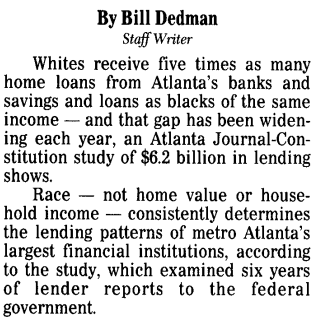
Raise your hand if you ever wrote a lead this good
— @BillDedman

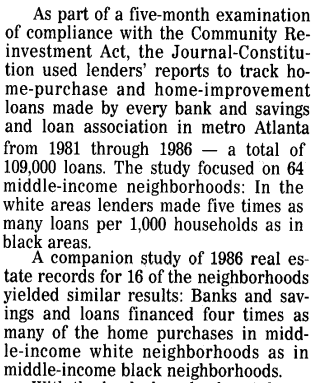
Steph Curry:
Good at Basketball?

25 years apart

Journalism needs saving
It's 2016.
I don't have
TIME for your
he-said/she-said
bullshit.
Prove me
a story
In just one year,
in your local paper...
In the past three years, Tampa police have written 2,504 bike tickets — more than Jacksonville, Miami, St. Petersburg and Orlando combined.
Police say they are gung ho about bike safety and focused on stopping a plague of bike thefts.
But here’s something they don't mention about the people they ticket:
Eight out of 10 are black.
— How riding your bike can land you in trouble with the cops — if you're black
FLORIDA’S STATE-FUNDED MENTAL HOSPITALS are supposed to be safe places to house and treat people who are a danger to themselves or others.
But years of neglect and $100 million in budget cuts have turned them into treacherous warehouses where violence is out of control and patients can’t get the care they need.
Since 2009, violent attacks at the state’s six largest hospitals have doubled. Nearly 1,000 patients ordered to the hospitals for close supervision managed to injure themselves or someone else.
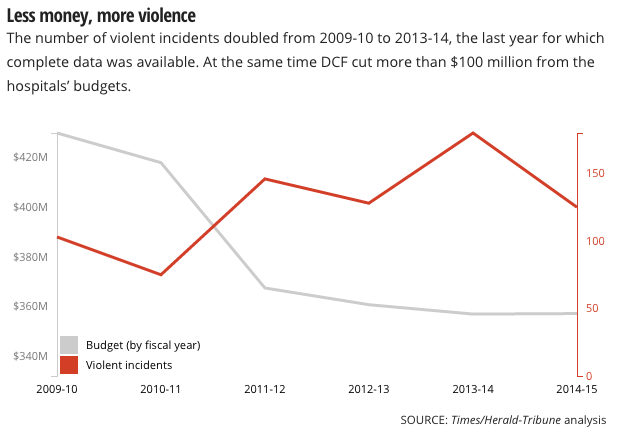
How can you be sure the strawberries your toddler is gobbling are free of pesticides? Only because the vendor at the farmers market said so.
Your purchases are unverifiable unless you drive to that farm or track back through a restaurant’s distributors and ask for invoices.
I did.
For several months, I sifted through menus from every restaurant I’ve reviewed since the farm-to-table trend started. Of 239 restaurants still in business, 54 were making claims about the provenance of their ingredients. ...
My conclusion? Just about everyone tells tales.
(and sure...)

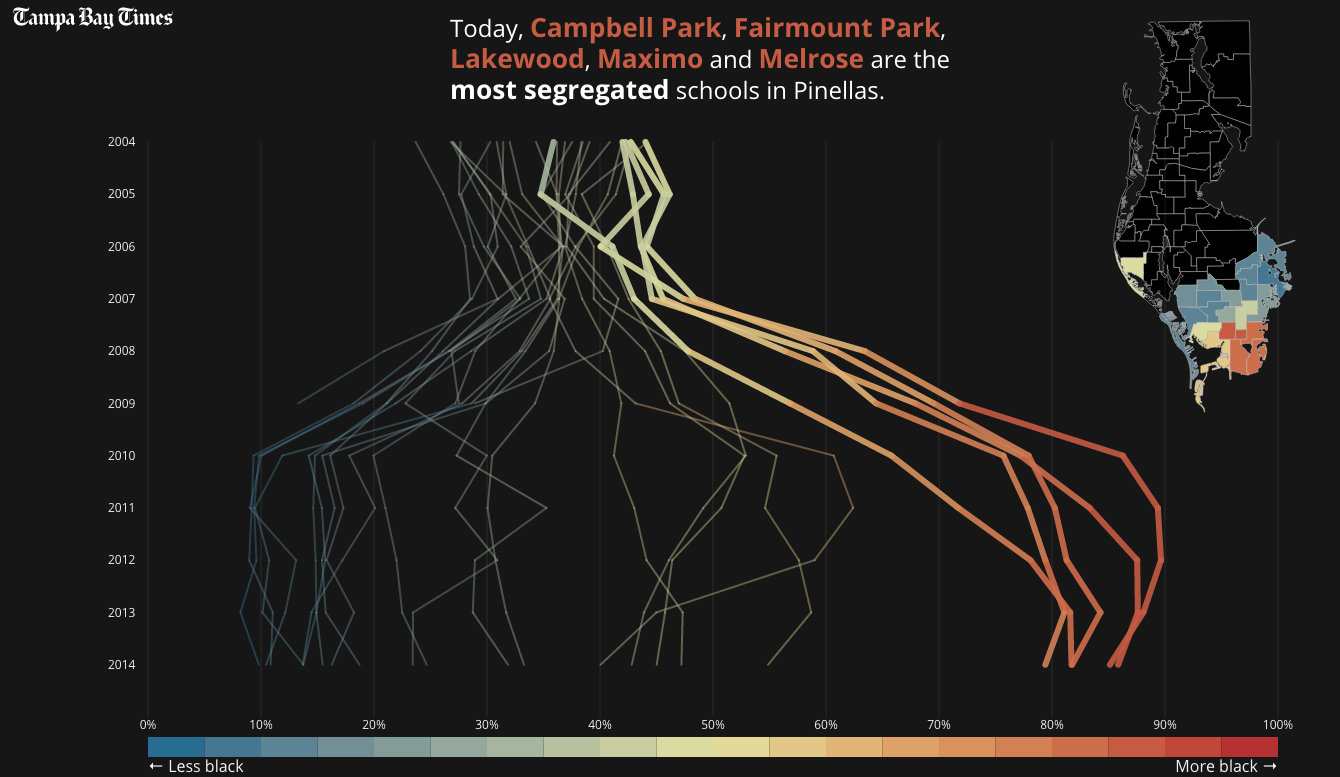
#1: 5 failing schools
In St. Petersburg, the crime rate is 12 percent lower than in Orlando, 15 percent lower than in Daytona Beach and 21 percent lower than in Panama City.
The poverty rate among blacks in Pinellas is 32 percent, compared to 33 percent in Escambia County, 35 percent in Alachua County and 36 percent in Volusia County.
Yet the black neighborhoods in Pinellas are home to schools that are doing far worse than schools in any of those places.
#2: Violence
■ Last year, there were more violent incidents at the five elementary schools than in all of the county’s 17 high schools combined.
■ Incidents at the schools have more than doubled since 2010, even as other schools in Pinellas saw a drop in violence.
■ For years, district leaders gave the schools the same number of employees to handle eight times the amount of violence faced at other elementary schools. Teachers at the schools describe calling for help in their classrooms only to be ignored because no one was there to respond.
#3: Teachers
Using state and district personnel records, Times reporters compared teachers hired by the five resegregated schools with those hired at schools in wealthier, whiter neighborhoods.
They found teachers in the whiter schools are more experienced, more likely to stay in their jobs and more likely to have clean employment records.
Teachers in the mostly black schools are less experienced, more likely to quit and more likely to have been flagged for incompetence or misconduct.
#4: Discipline
■ More than half of the suspensions given to black students are not for the violent offenses detailed by the Times earlier in this series. They’re not even for borderline cases. They’re for hard-to-define infractions such as “not cooperating,” “unauthorized location” and minor “class disruption.”
■ In five years, black students lost a combined 45,942 school days to suspensions for these and other minor offenses. White students, who outnumber black students 3 to 1, lost 28,665 days by comparison.
#4: Discipline
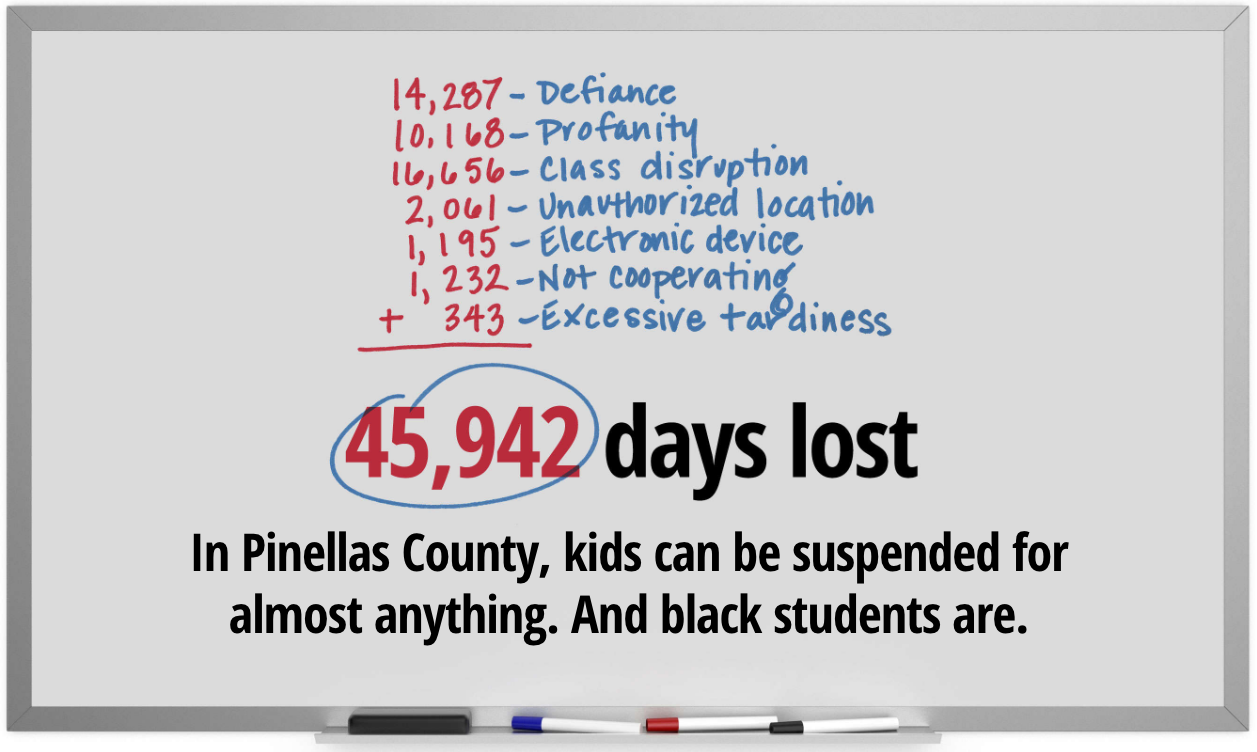
#5: Elite schools
Today, a Tampa Bay Times investigation has found, more black children are applying to fundamental schools than ever before, but black enrollment at the schools is at an all-time low.
Blacks make up about 19 percent of both the student population and fundamental school applicants.
Yet they are only 12 percent of students attending the schools.
Their share of the total enrollment has been cut in half since 2005, when 25 percent of fundamental school students were black.
What ties these examples together?
Great journalism makes me feel
Outraged.
Informed.
Amused.
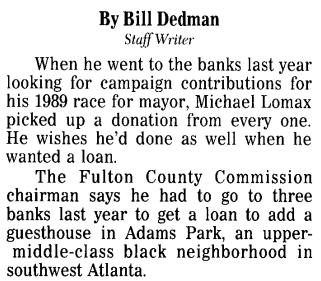
Not all outrage
A threat
from the union
Election day
A hunch
The Post matched employee databases from the school district with county voter records. To ensure accuracy, reporters then checked hundreds of records by hand.
Election day came and the vast majority of teachers didn’t show up.
Teacher turnout was 24 percent, the Post found. Although significantly higher than the turnout of other county voters, it wasn't enough to change the outcome of a single district race in August.
In the county, the belief that most teachers don't vote has been talked about — quietly — for years.
The rankings
42%: School librarians 33%: History teachers 32%: Principals/ass't principals 29%: Music teachers 25%: Math teachers 24%: English teachers 22%: Physical ed teachers 20%: Elementary teachers
Why are we here?
Press your advantage
Analysis
(reporting)
Data viz /
web development (storytelling)
Programming
(advanced everything)
BREAKOUT
GROUPS
- How can you use these ideas NOW?
- What are the barriers / what do you need?